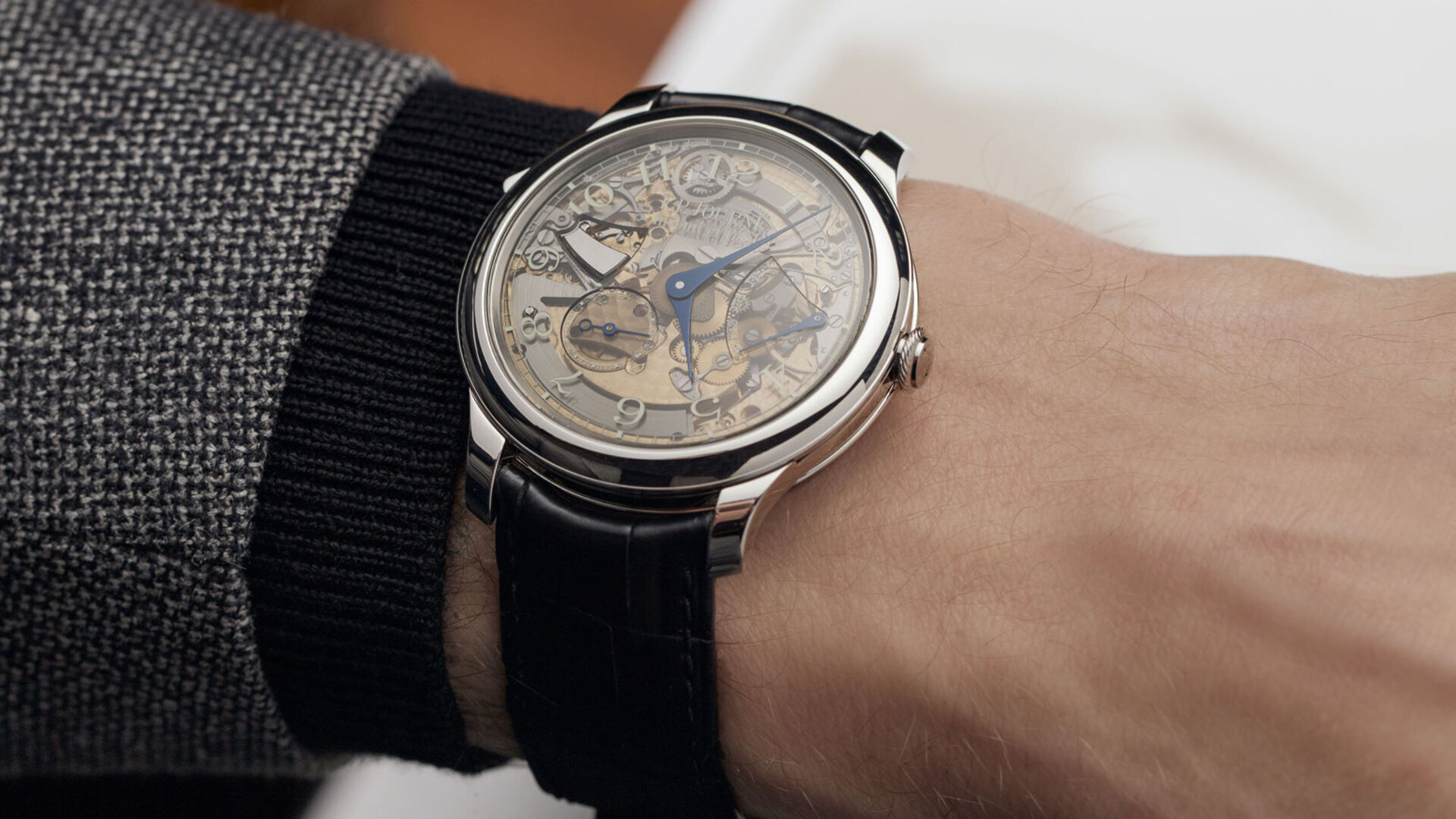
F.P.Journe Rèpetition Souverain, re-designing the melody
Holding a François-Paul Journe’s watch in your hands is an almost mystical experience. It seems that the Marseillaise master enjoys pushing the limits of research and watchmaking perfection ever further, a bit like those athletes who enjoy updating the world records of their sport.
No playgrounds, no tracks, no sports equipment for François-Paul Journe’s. Just a tiny little space in which to pour all his expertise and where to invent ever new and surprising watchmaking solutions. Such as an ultra-thin minute repeater watch like the Répétition Souveraine. A horological wonder he brought to light after having experimented the world of “musical watches” with the Grande and Petite Sonnerie, then passing through the Sonnerie Souveraine.

Listen to the difference…
Just to point out the differences, the oldest known minute-repeater watch was made in Germany at the beginning of the 18th century, allowing you to know the time even in the dark. Talking about minute-repeater as a musical watch, we need to differentiate it from Grande and Petite Sonneries. They are all top range complications, which could express themselves once entrusted to the hands of F.P. Journe.
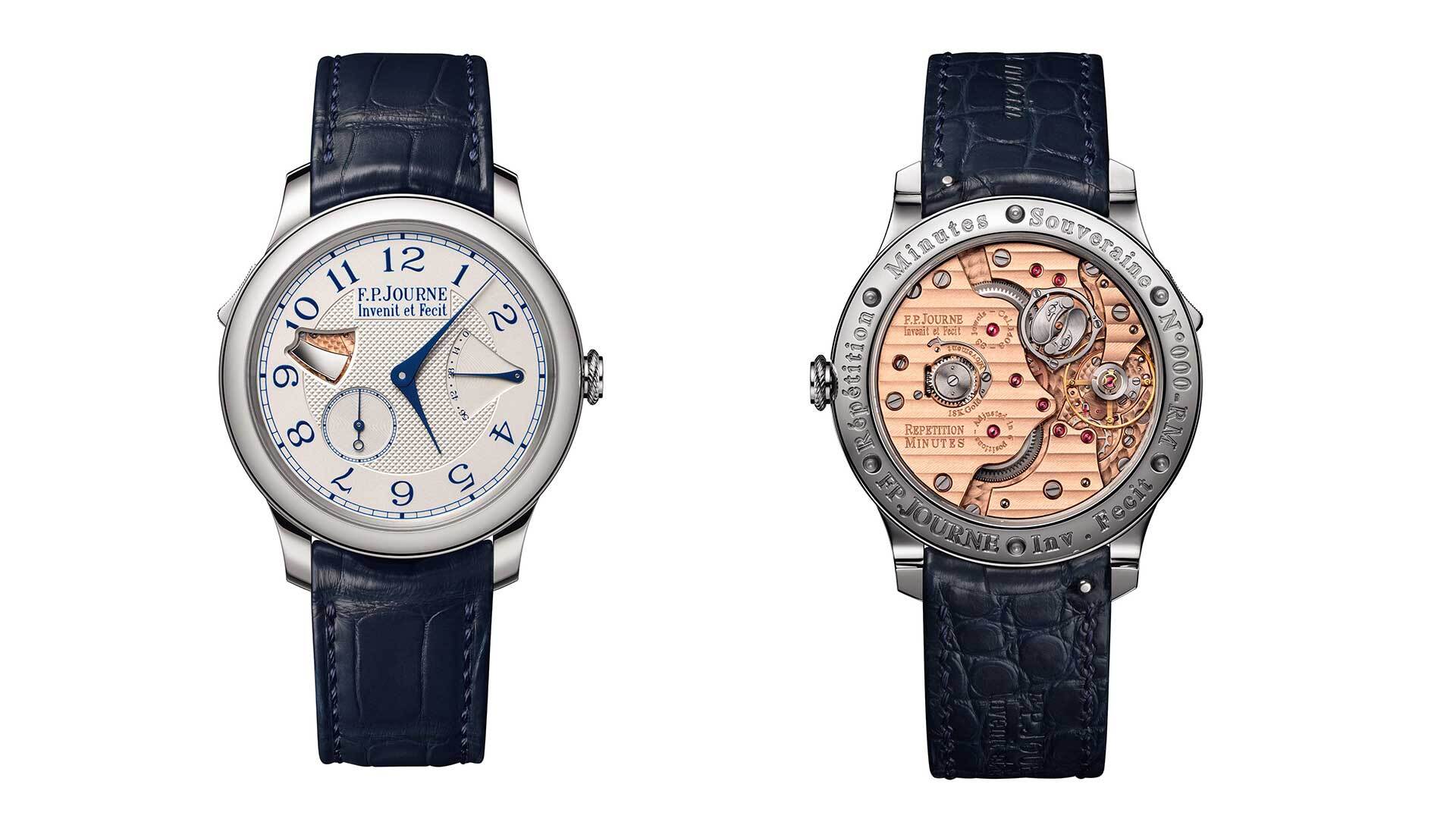
While minute-repeater is usually activated by operating a “slide”, the Grande and Petite Sonneries strike the hours, quarter-hours and sometimes even the minutes when the watch strikes that particular time. The Grande Sonnerie is not activated by the wearer: the mechanism strikes the actual time every hour, and every quarter of an hour it repeats the hour, by adding the quarter or quarter-hours.
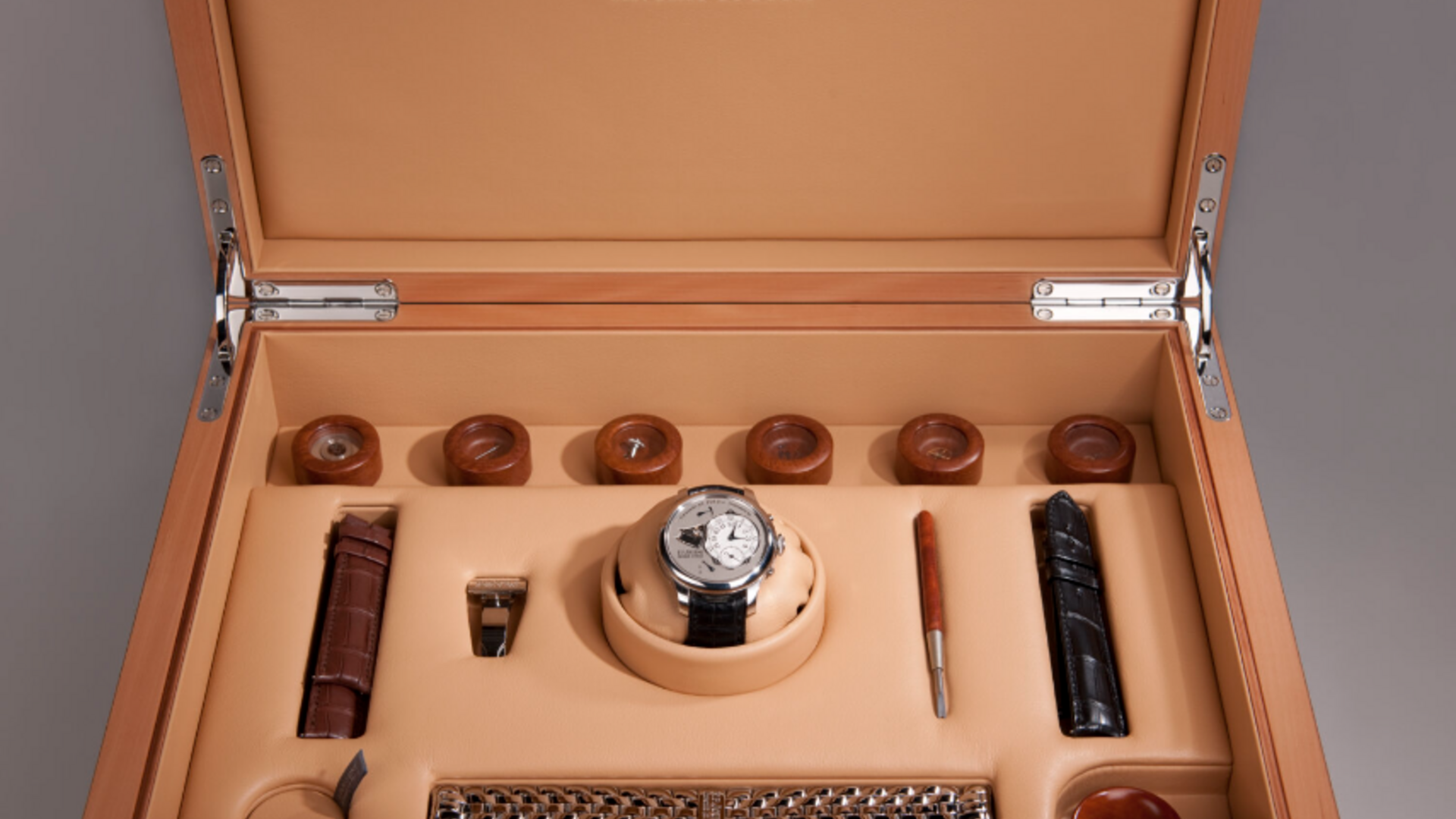
Even the Petite Sonnerie does not require the intervention of the wearer: unlike the Grande, the mechanism does not repeat the time every quarter hour but the watch strikes the current time every full hour, and every fifteen minutes it strikes the quarter or quarter-hours.
The minute repeater, on the other hand, is activated through a “slide”, usually placed on the side of the case, and strikes the hours according to how the watch is set; it could be the repetition every half-quarter and quarter-hour, every 5 minutes or every minute.
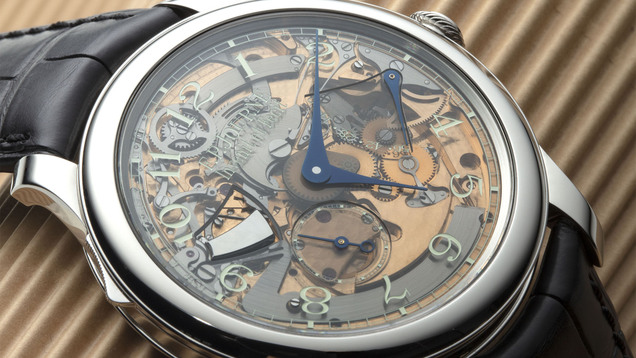
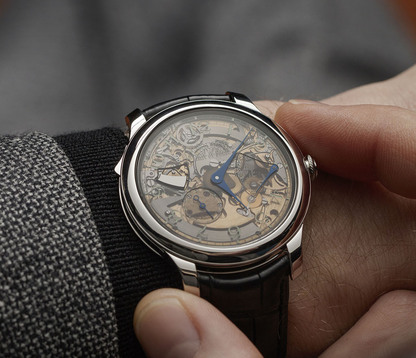
The Répétition Souveraine and the magic of gongs
But now it’s time for the Répétition Souveraine, a watch that fully embodies the genius of François Paul Journe. This watch’s main feature, in addition to the complication, is the caliber, which is only 4.50 mm thick. To create it, the master watchmaker re-invented the minute repeater mechanism from scratch, deserving two great patents.
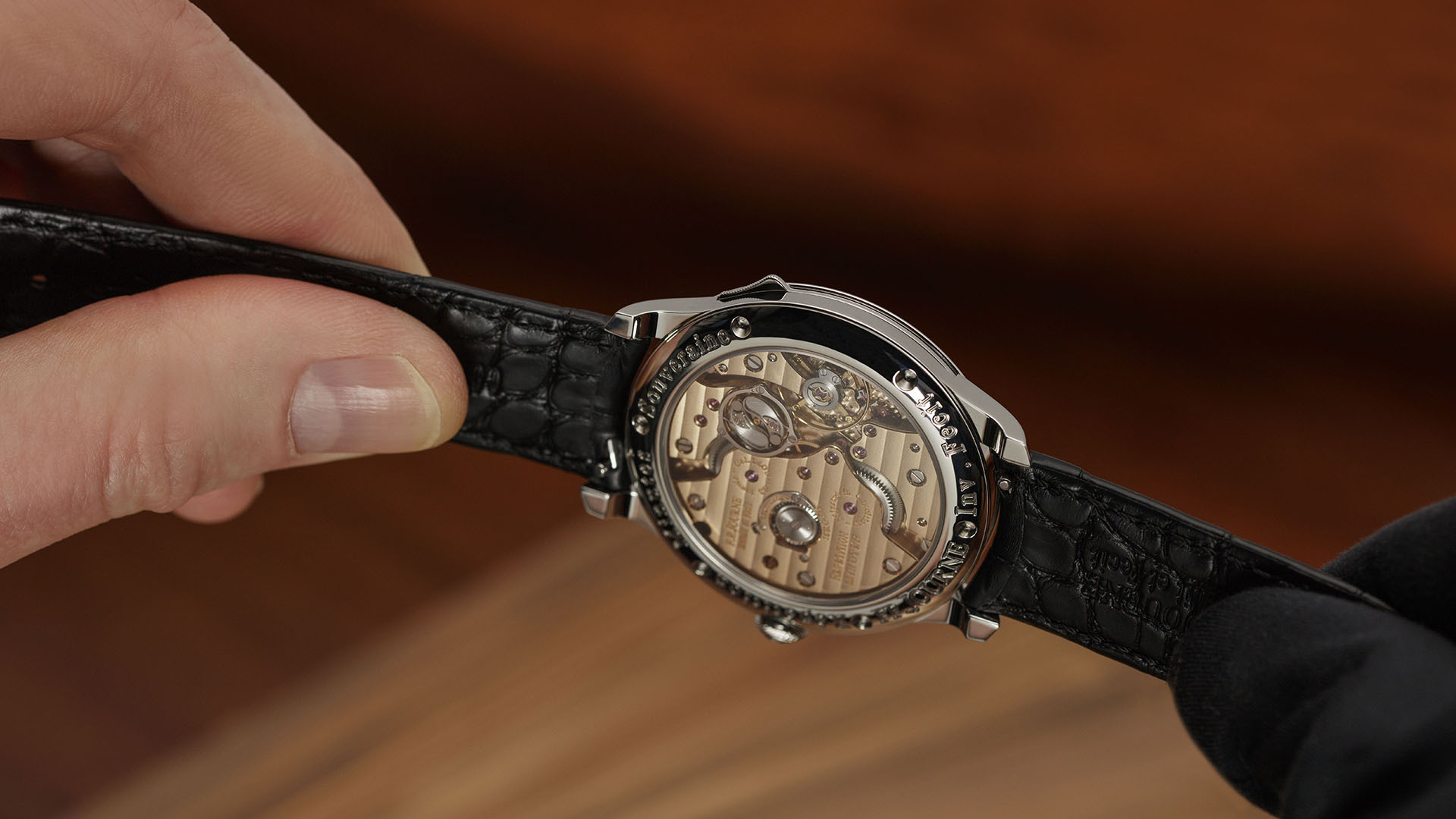
Firstly, the flat gong, a technical invention that F.P. Journe also used in the Sonnerie Souveraine. The gong is mounting under the dial instead of around the movement, allows the watchmaker to more room for the movement. When the hammer hits the gong, it produces a clearer and louder sound than traditional gongs.
Then, the second hat-trick, to make more space for the movement possible. Unlike traditional minute repeaters, the hours and minutes of the Répétition Souveraine do share the same hammer; to differentiate them, a pause is automatically inserted between the hour and minute chimes when there are no quarter-hours to chime. Double chimes are used to strike the quarters.
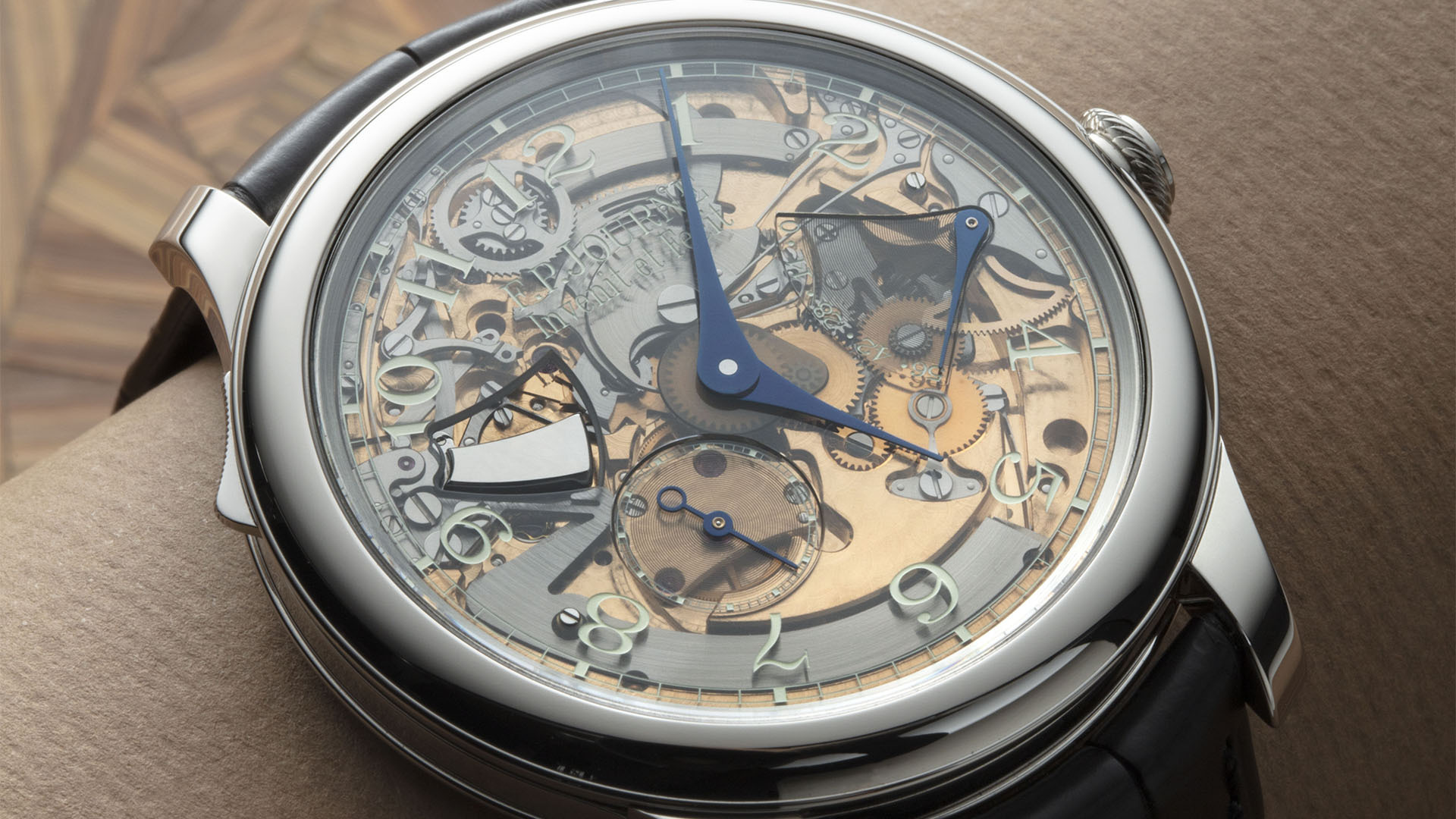
F.P. Journe’s signatures – The movement and the case
The result of all this painstaking work is the caliber 1408. A little…liar movement, because if seen from the sapphire crystal case back it looks more like an hand-wound caliber than a grand complication. The flat gongs and the shared hammers make this illusion possible, but just have a look also to the finishes of the 18-karat rose gold base-plates and bridges, and to the twin barrels barely visible below the bridges. They are marvelous.

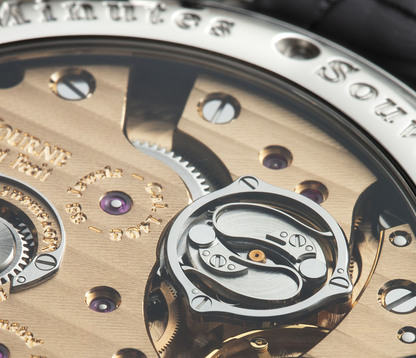
The caliber beats at 21,600 vibrations/hour and has a power reserve of 56 hours +/- 2 depending on the use of the minute repeater; François Paul Journe is a master, but he cannot be a magician: minute repeater remains an energy intensive complication, despite his inventions.
And the case? It is also a surprise: steel instead of platinum and gold, the metals usually used by the brand. However, we should not be completely surprised, because every choice made by Journe is perfectly consistent not only with the ideas of the master, but also and above all is functional to the perfection of the final product. The steel of the 40 mm case, in fact, has physical features that allow it to resonate in a better and clearer way than other metals do.
And don’t think that having used a non-precious metal has made the Master fall into temptation. No decline in the standards of workmanship or in the accuracy of the decorations, because F.P. Journe dedicated the same care in processing steel than he dedicates to more noble materials, alternating polished and satin surfaces in the case, bezel, lugs and crown.
All eyes on me! The Répétition Souveraine’s dial
We usually start by talking about the dial and then move on to the case back and movement. Today, however, we do the opposite. And if the caliber itself is a feast for the eyes, let’s turn the watch and get lost in the hypnotic richness of the dial. The silver version has the classic Clous-de-Paris guillochage finish in the center, rounded by the satin finish of the hour disc, with blue lacquered Arabic numerals.
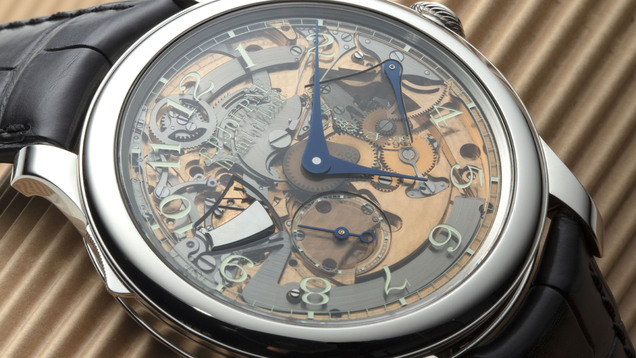
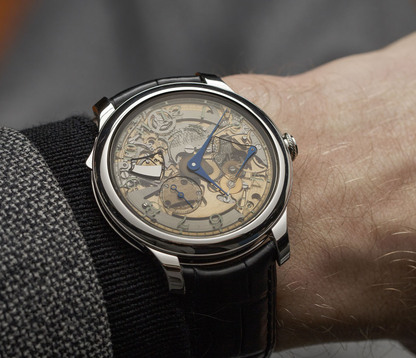
Then, let’s move our gaze to the sub-seconds sub-dial (at 7:30) and the power reserve sector (at 3 o’clock): they have a moiré finish, a process that gives them a marbled effect. And through a window at 9:30 it is possible to see the true stars of the watch at work – the striking hammers – which should instead be hidden in the movement, under the dial.
There’s also a version with smoked sapphire crystal dial, available on request. It sports the same blued-steel hands as the silver reference, but its numerals are lacquered in ivory stamping. The caliber 1408 is perfectly visible without hiding anything. Viewing the movement of the hammers and hearing the sound of the gongs give the impression that the watch is truly living on the wearer’s wrist.
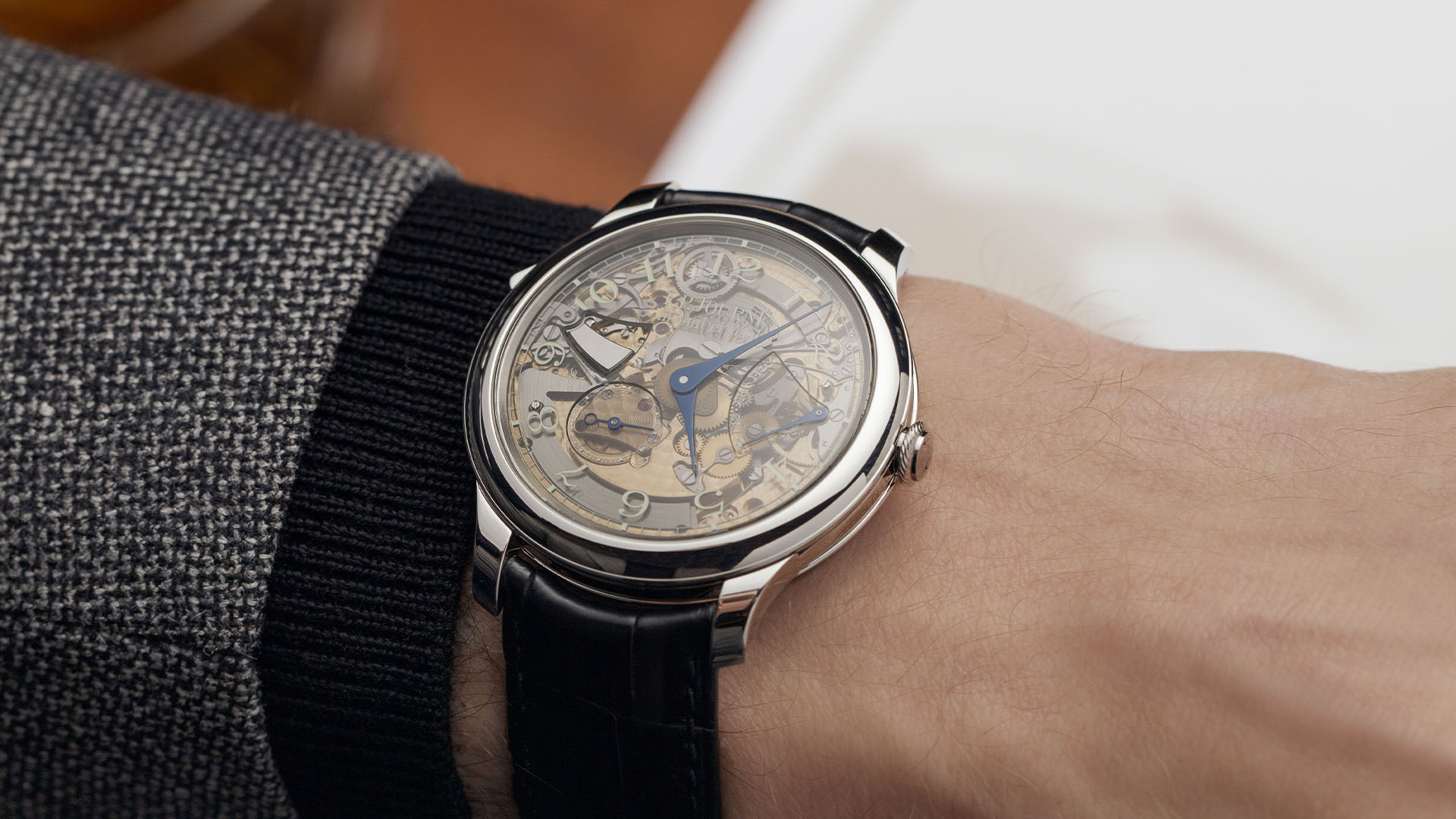
Speaking of the wrist … Let’s not forget that the details that make this watch unique are not only on the dial or in the case, but also outside of them. We are talking, specifically, of the five-row polished steel bracelet and of the leather strap, both with folding clasp. As we well know, excellence is a matter of details that make the whole unique, as François Paul Journe’s watches demonstrate: they are not an exception, but the finest example to follow for everyone in watchmaking.
This article discusses these watches:
Related articles:
Keep up to date. Subscribe to our newsletter.
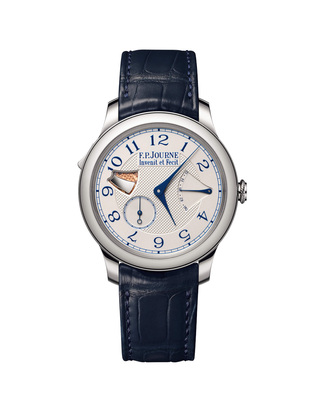
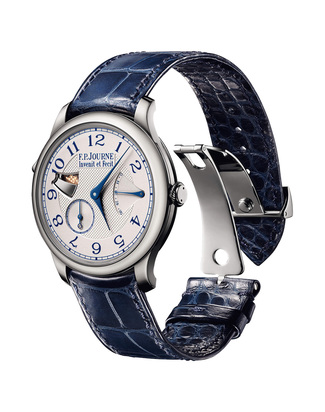
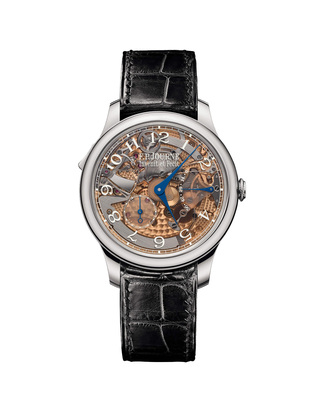
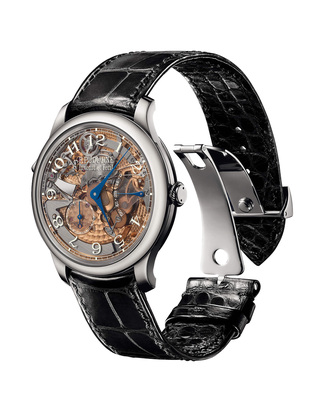
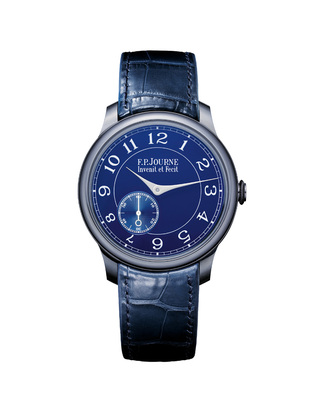

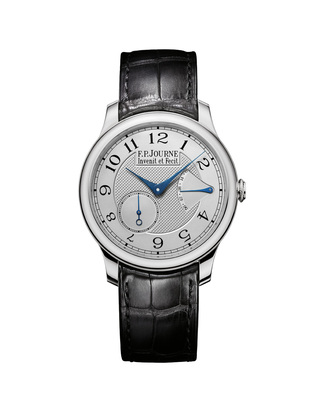
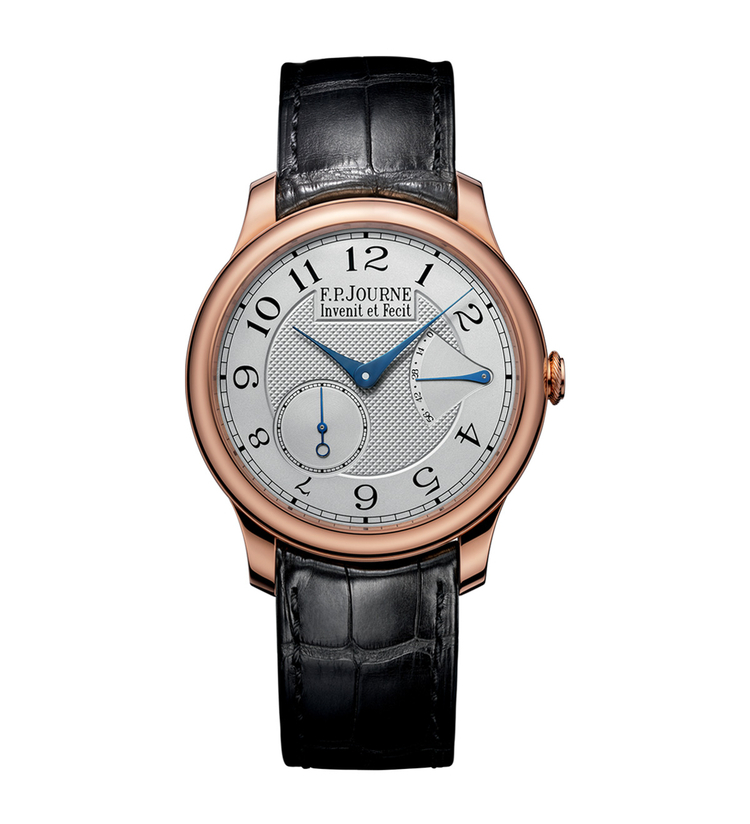
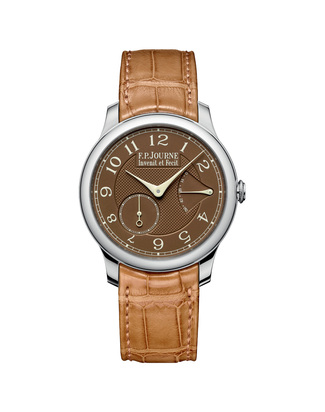
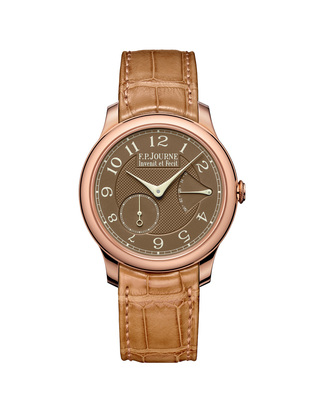
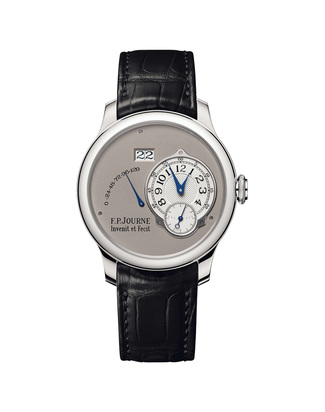
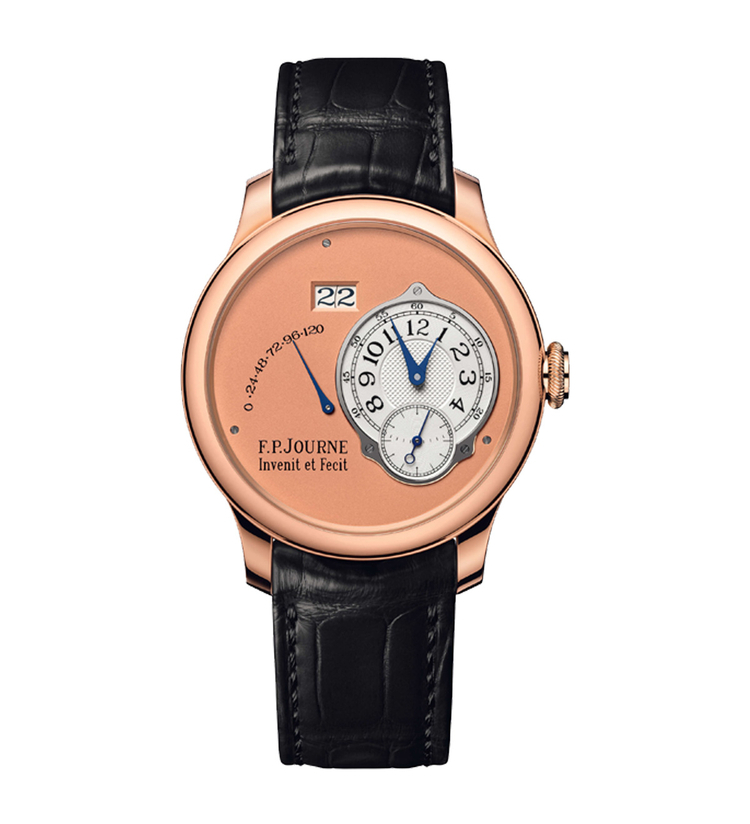

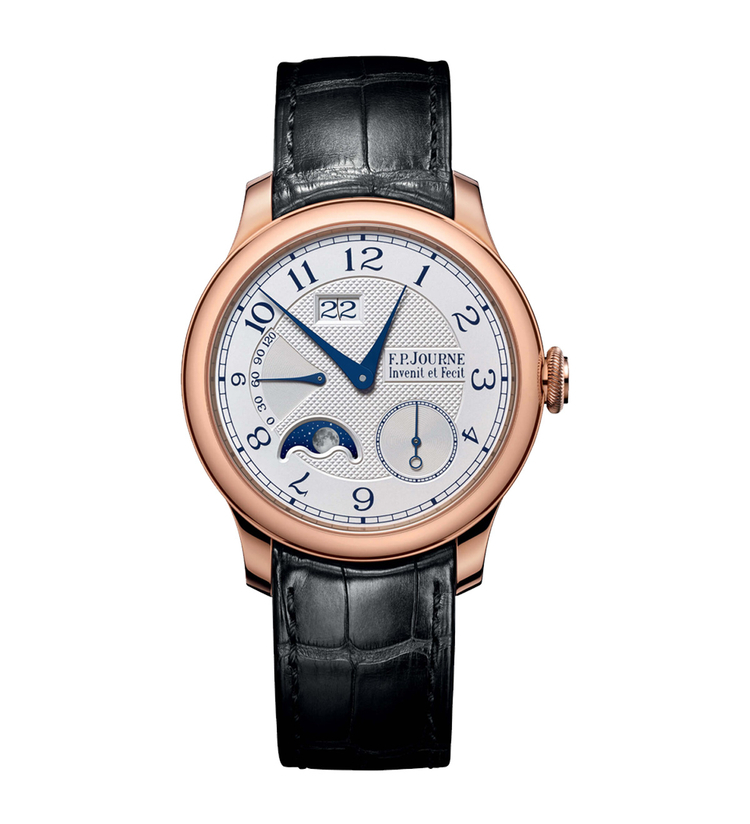
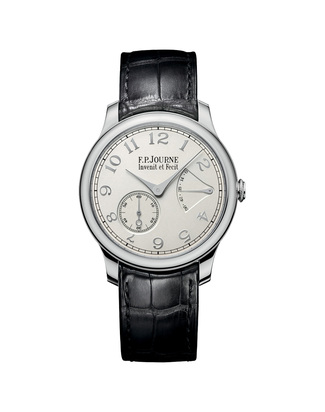
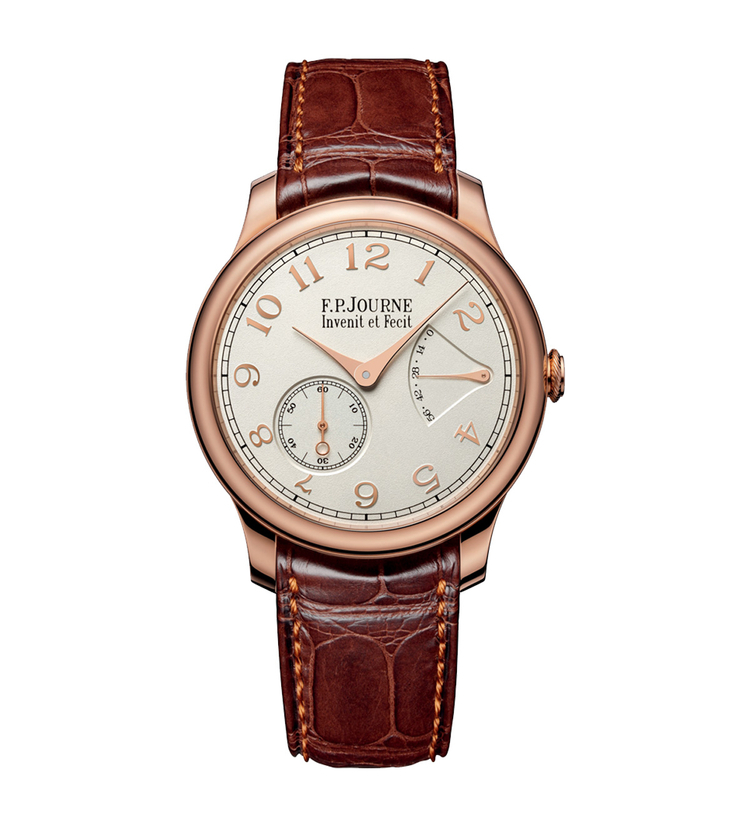

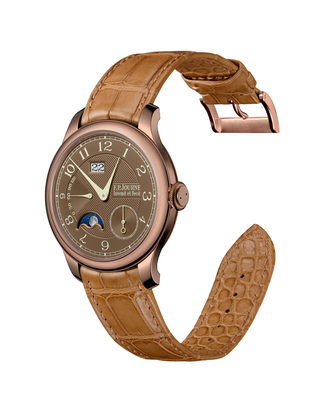
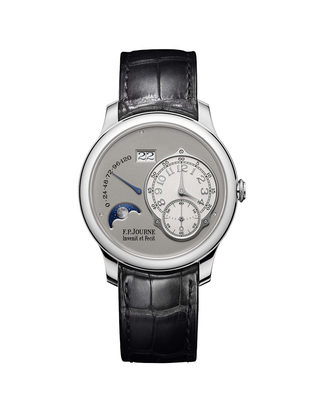

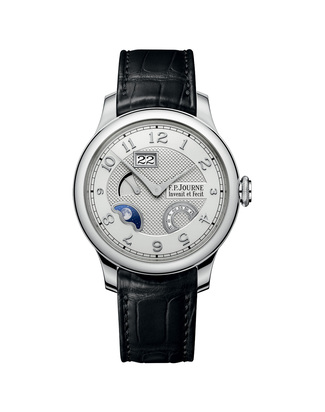
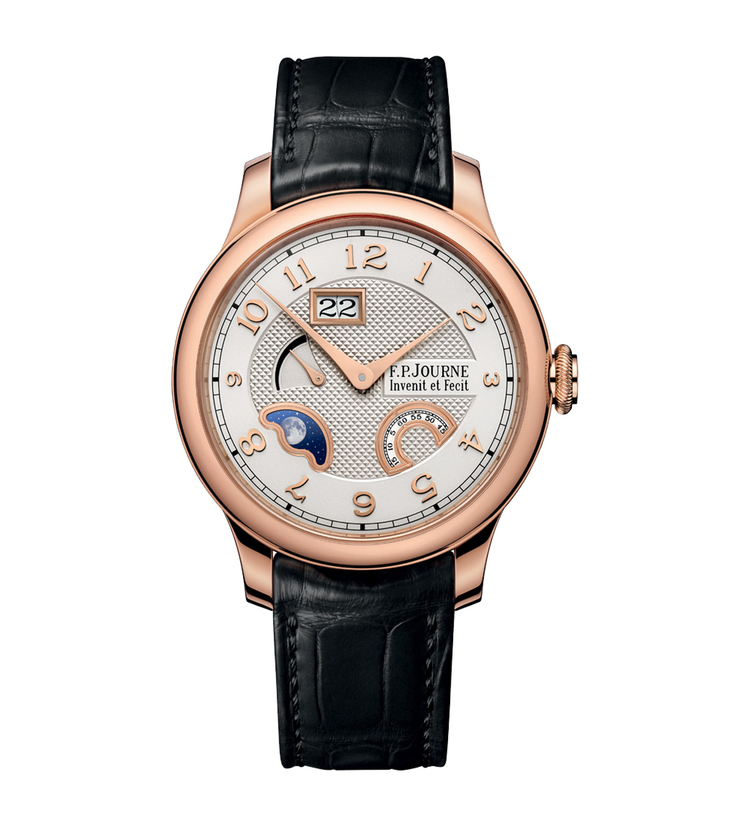
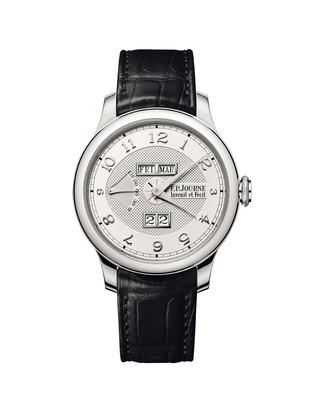
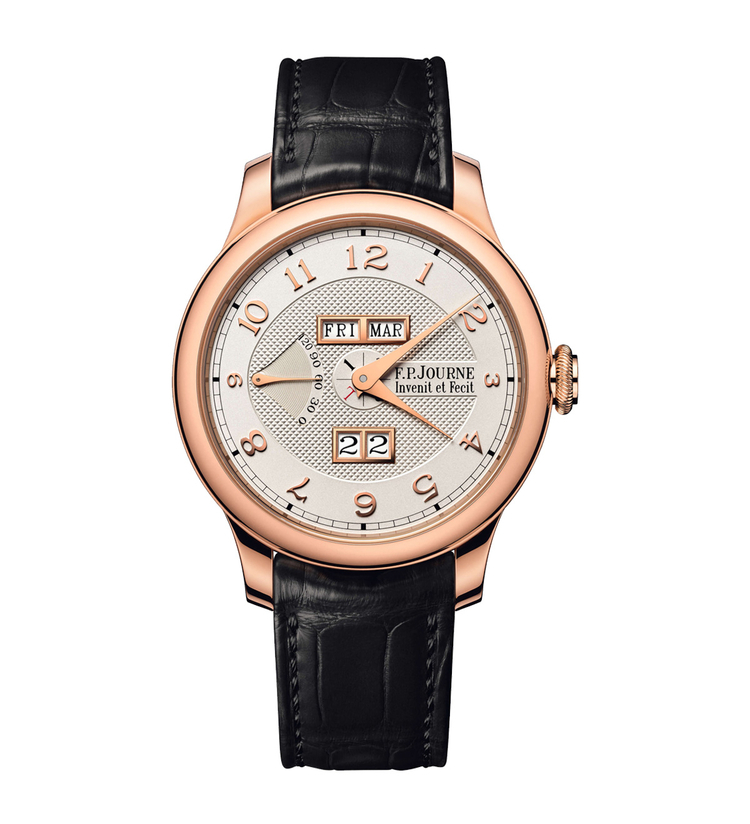
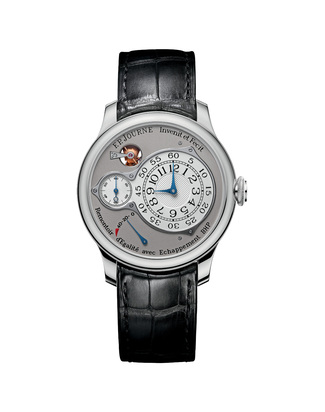
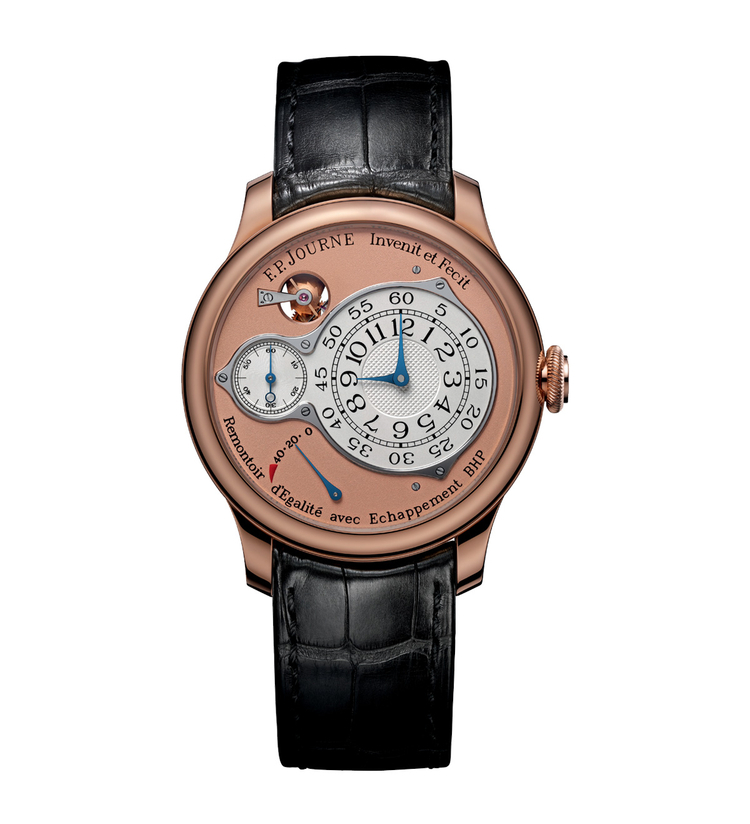
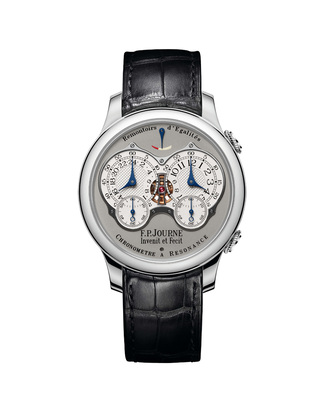


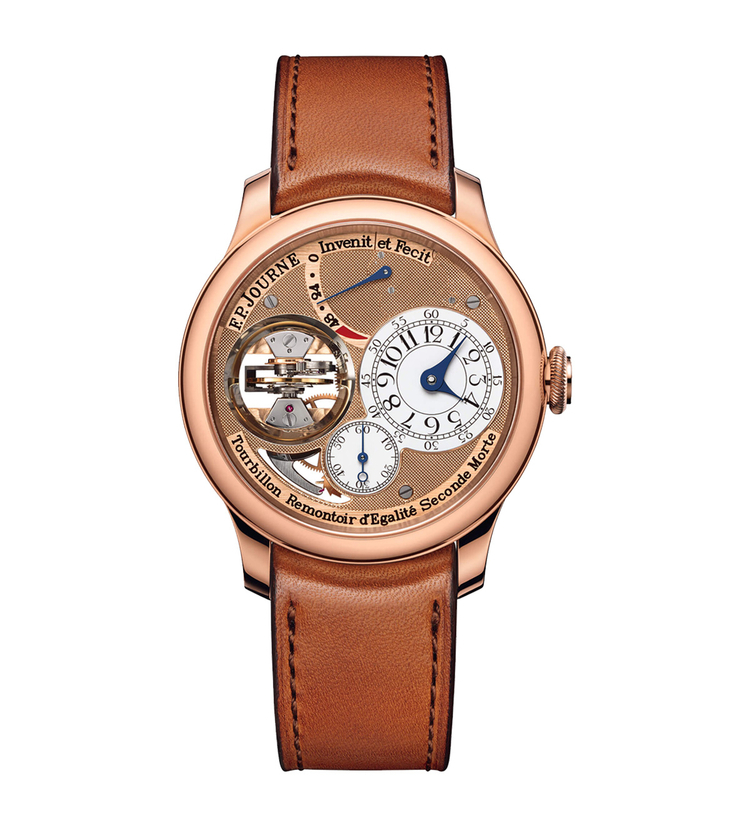
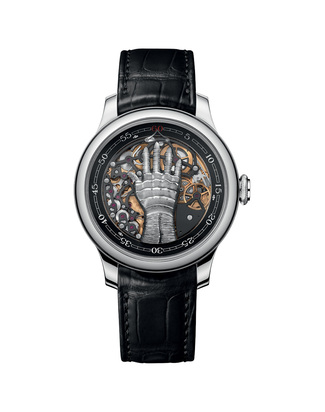
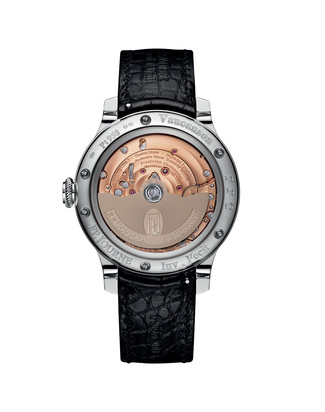
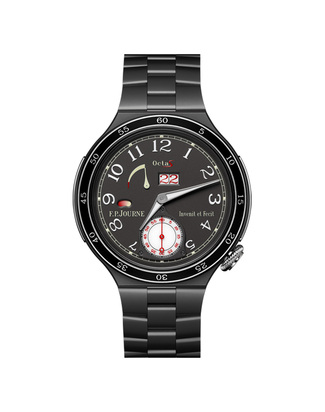
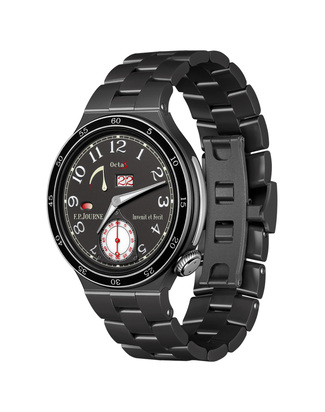
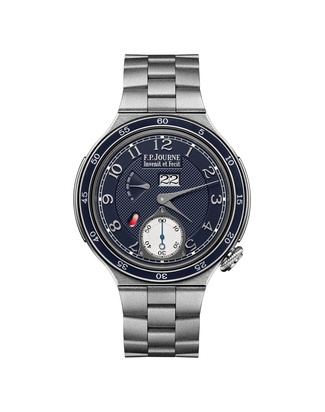
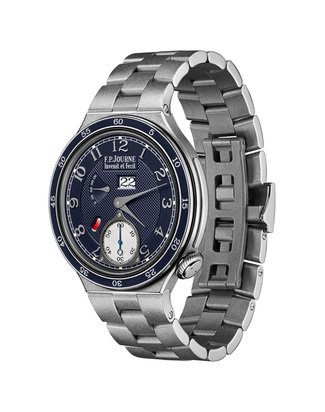


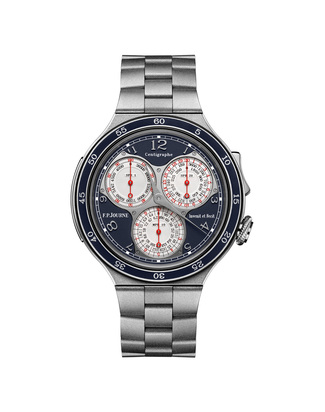
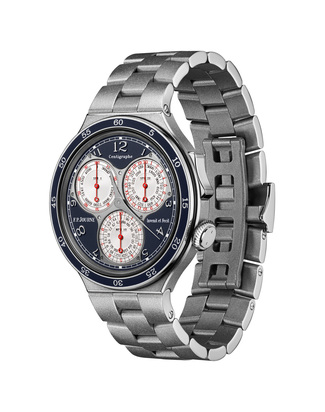


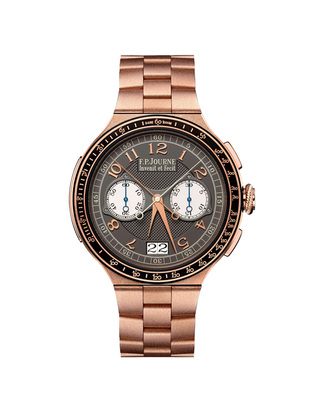

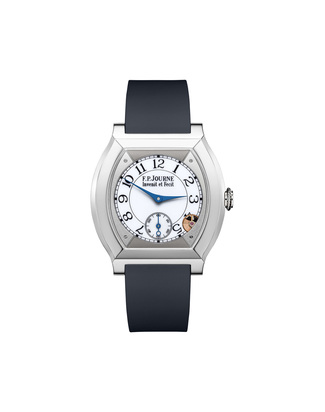
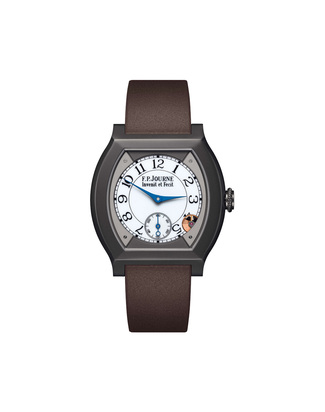
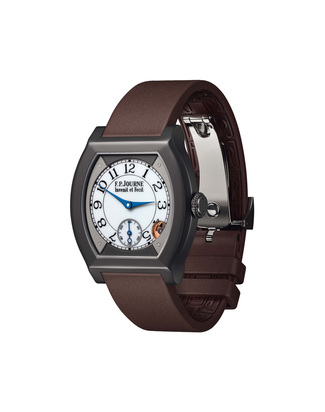
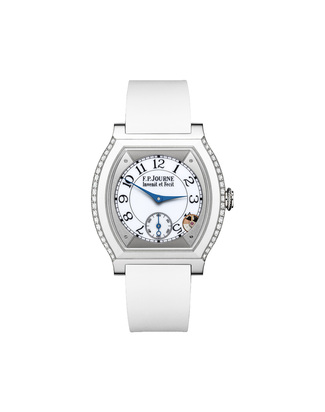
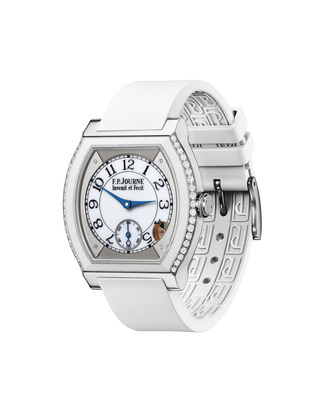
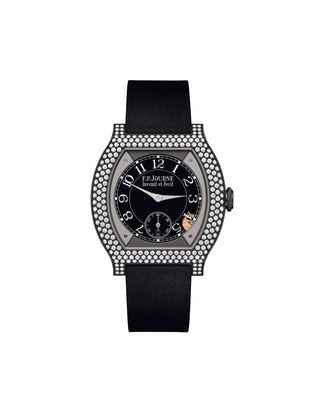
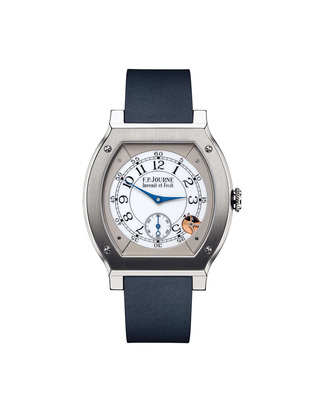
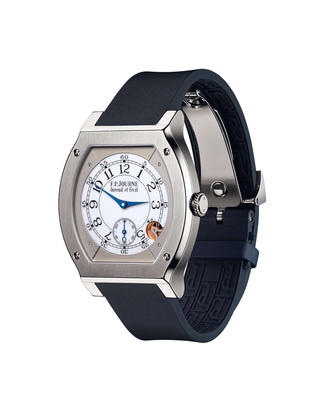
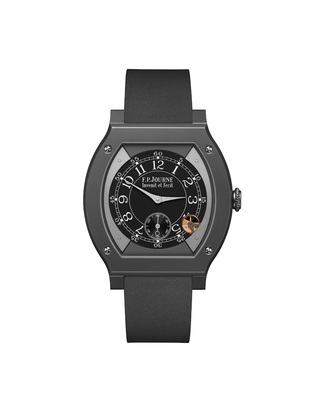
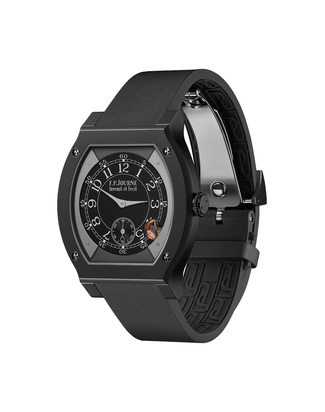

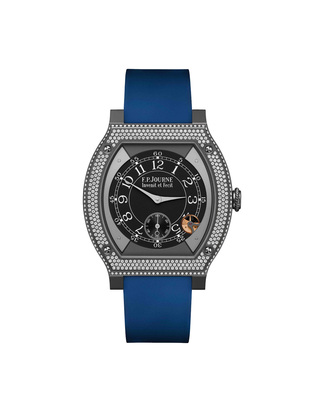
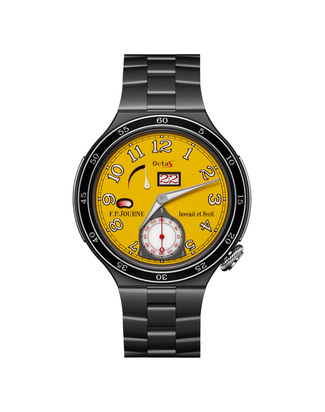
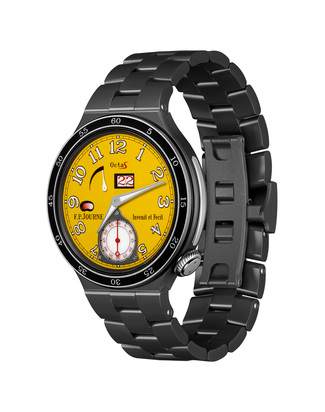

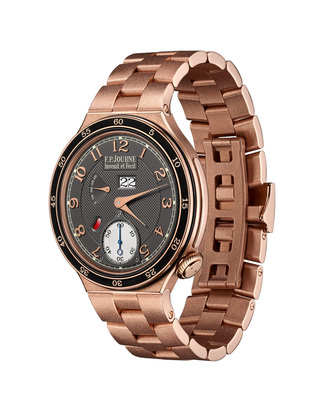
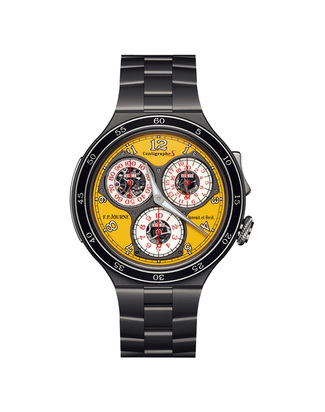
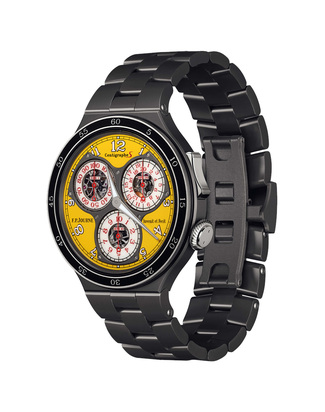
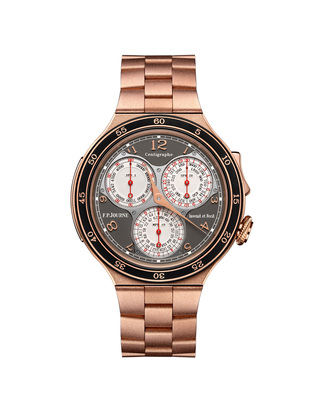
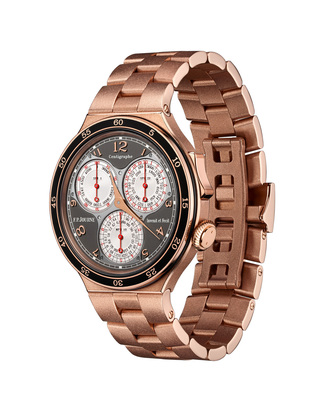
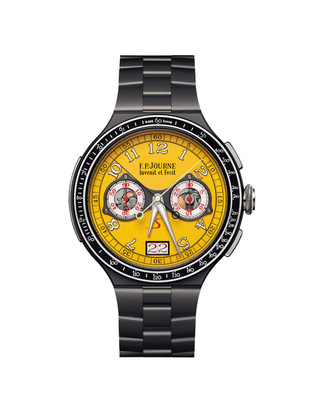

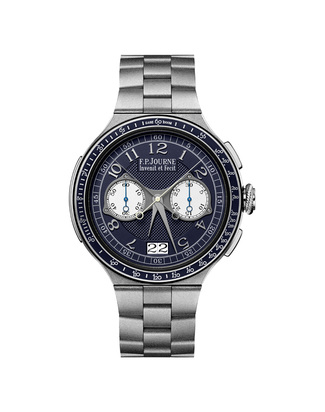

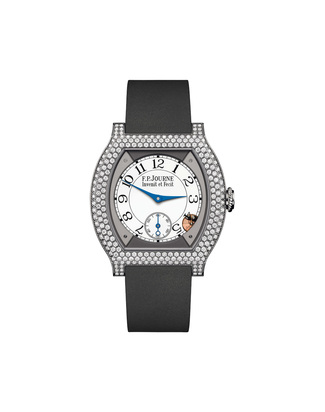
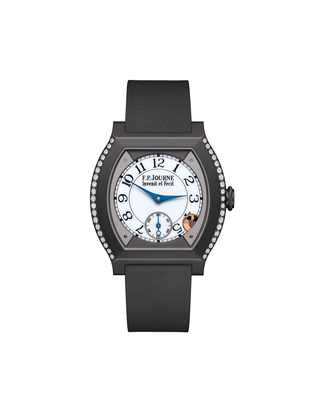
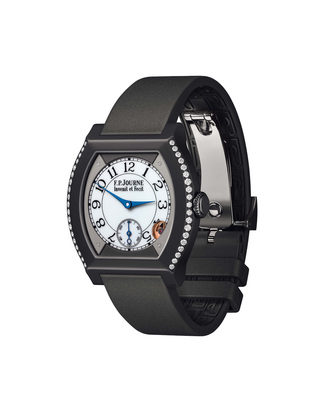

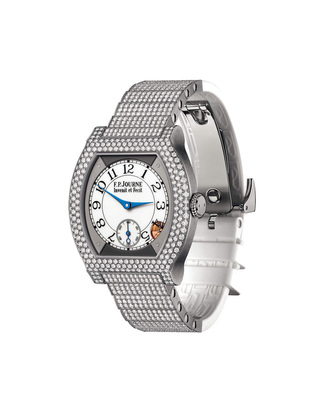

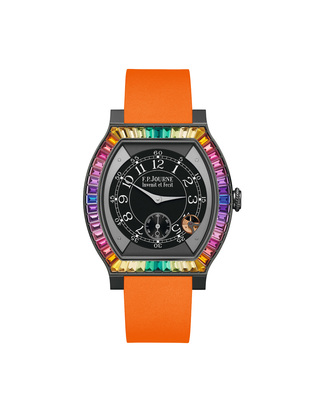
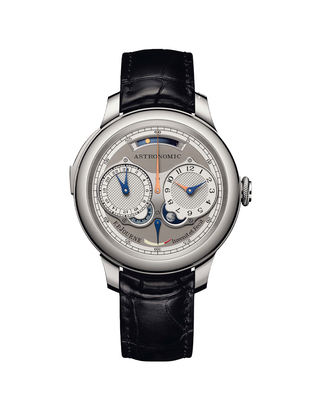
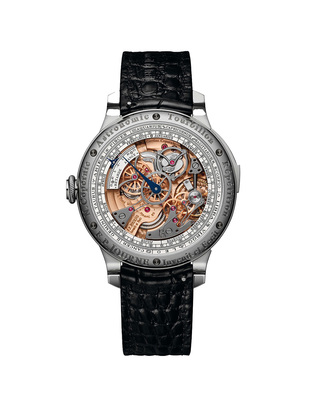
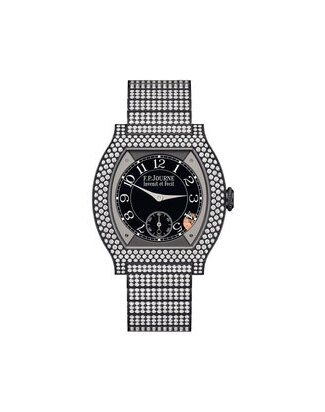


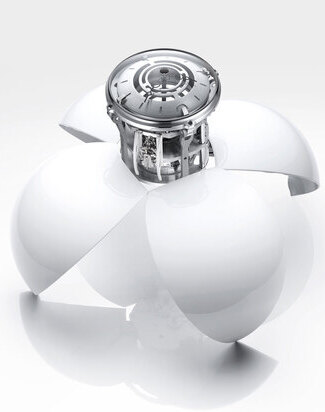
 Reviews
Reviews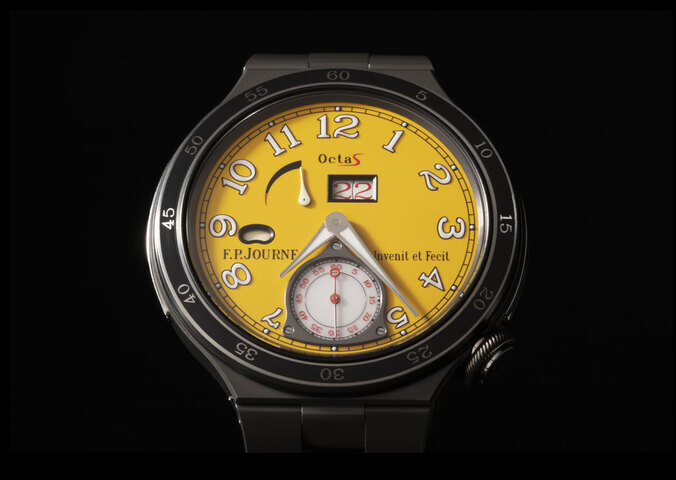 Reviews
Reviews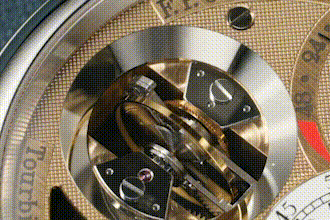 Reviews
Reviews News and trends
News and trends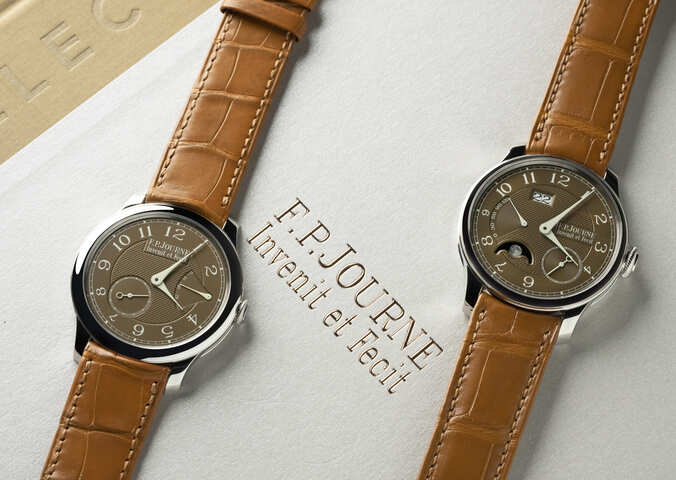 Reviews
Reviews Interviews
Interviews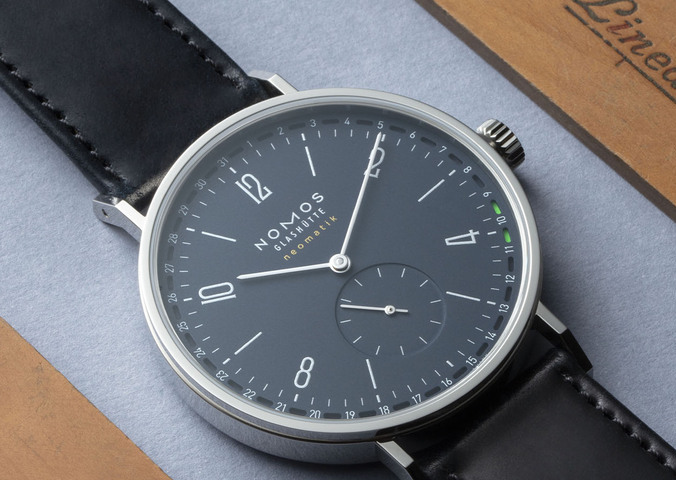 News and trends
News and trends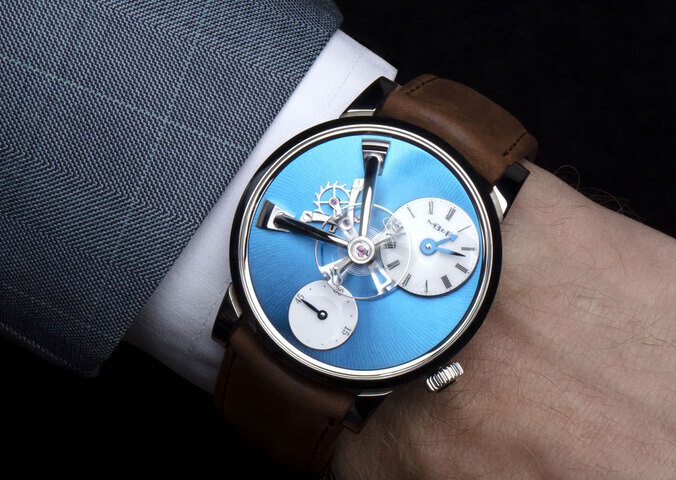 Innovations
Innovations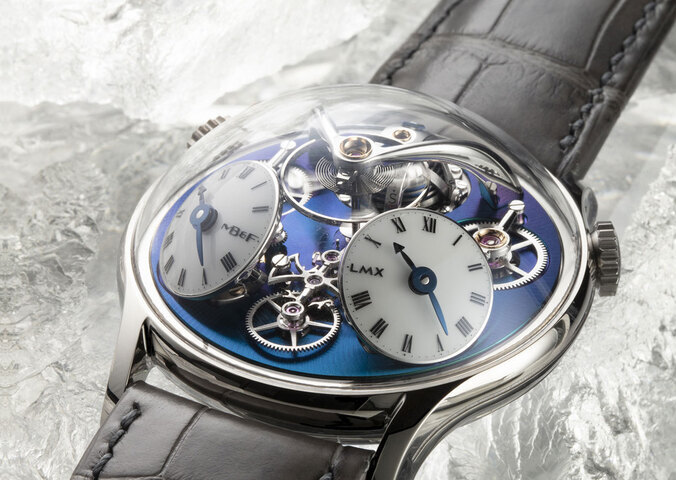 Guide
Guide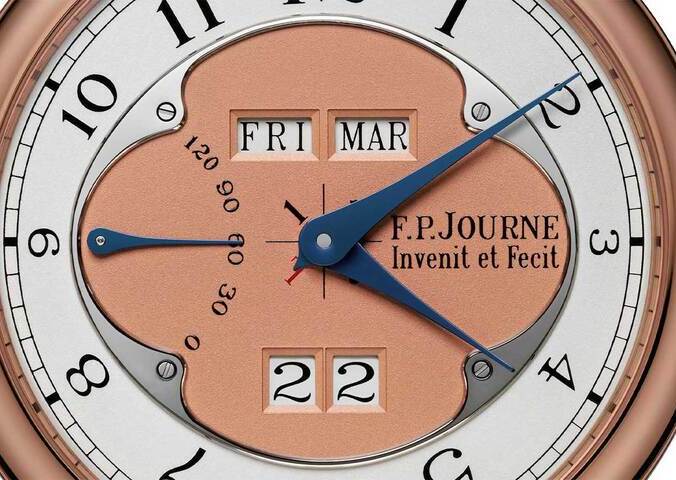 Stories
Stories Stories
Stories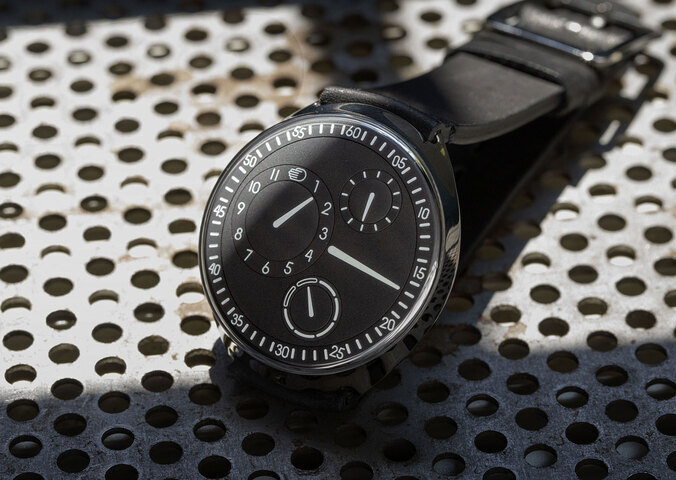 Innovations
Innovations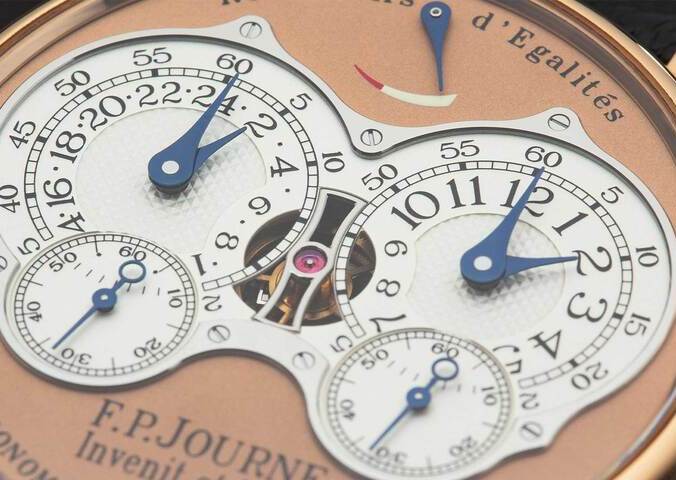 Guide
Guide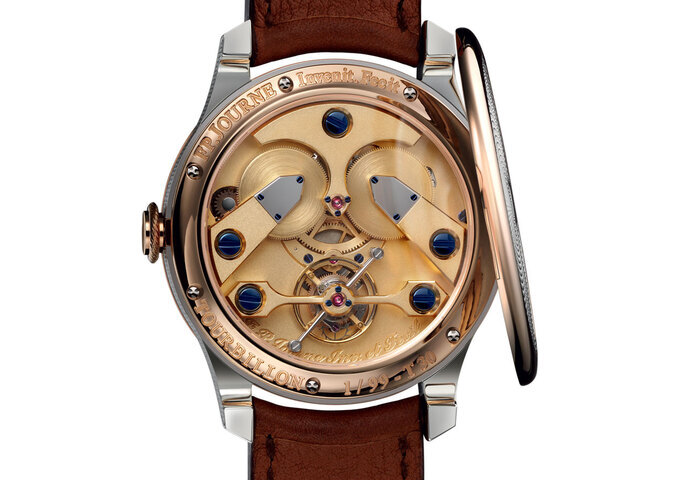 Stories
Stories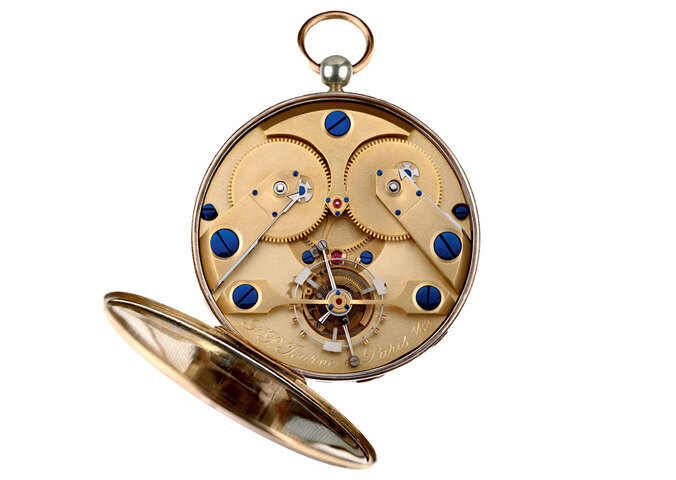 Stories
Stories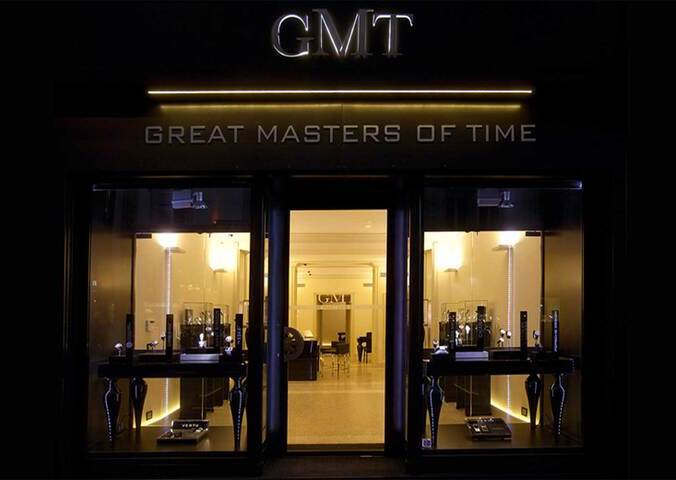 Stories
Stories